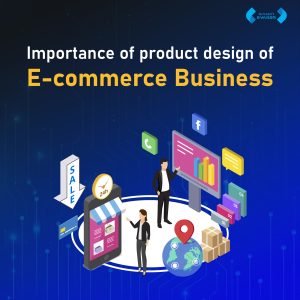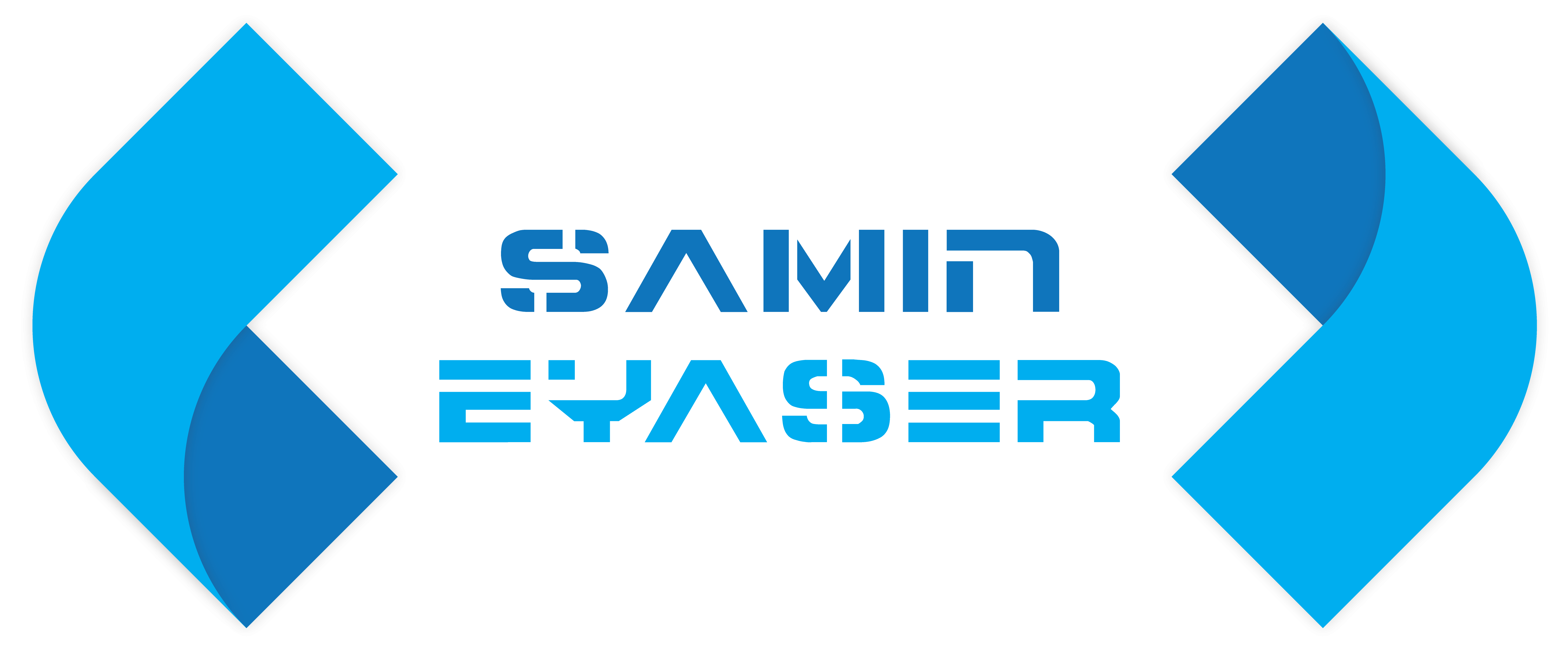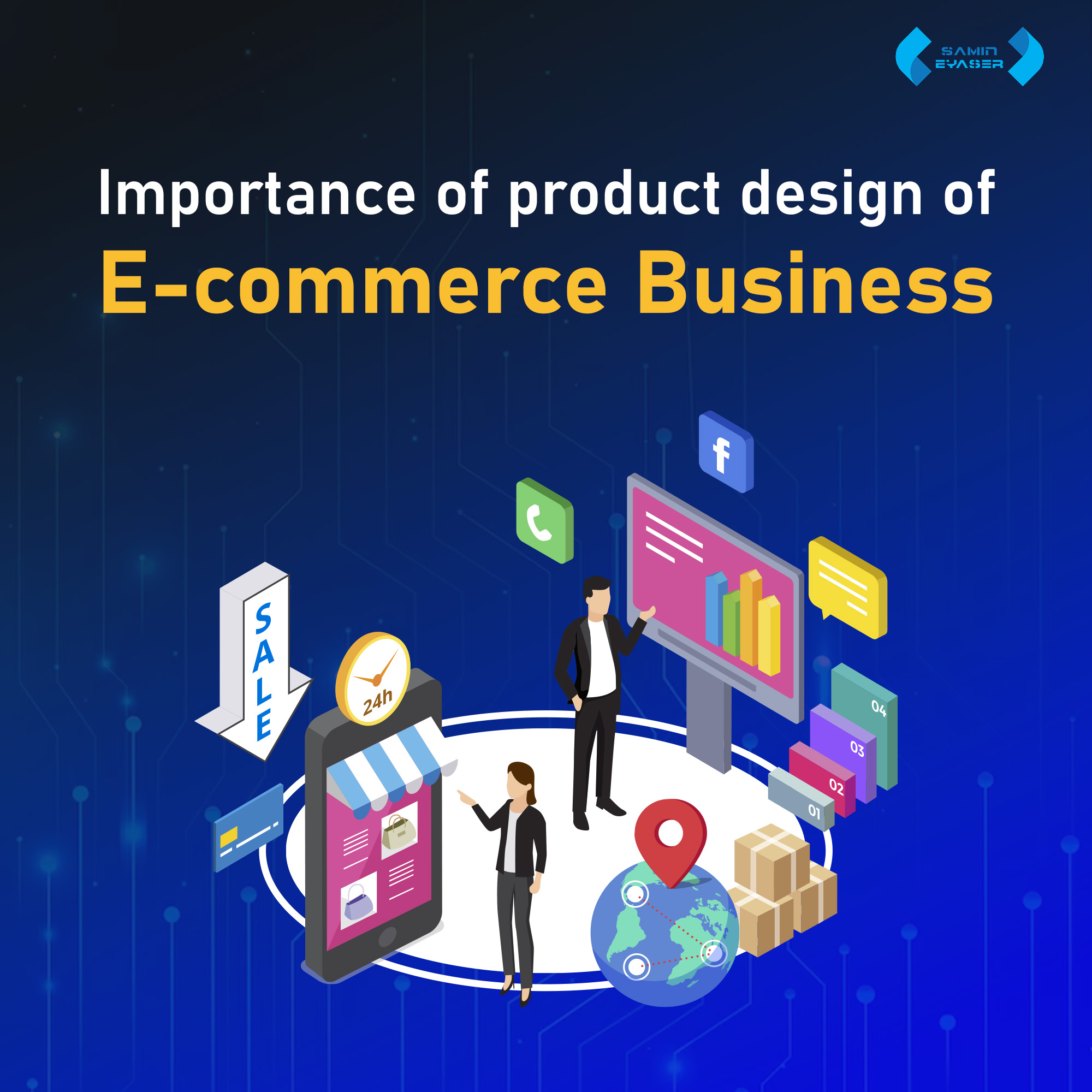In the dynamic landscape of E-commerce Business, product design plays a pivotal role in shaping the success and sustainability of a business. The importance of thoughtful and user-centric design cannot be overstated, as it directly influences customer satisfaction, brand perception, and ultimately, conversion rates. A well-crafted product design enhances the overall user experience, making navigation intuitive and visually engaging. It fosters trust and credibility, as customers are more likely to engage with a platform that offers a seamless and aesthetically pleasing interface. Moreover, effective product design addresses functionality, ensuring that products are not only visually appealing but also practical and easy to use. In a crowded online marketplace, businesses that prioritize product design gain a competitive edge by creating a compelling and memorable brand identity, fostering customer loyalty, and driving long-term success.

What is product design?
Product design is the process of creating and conceptualizing the appearance and functionality of a product. It involves a combination of artistic, engineering, and marketing principles to develop a product that not only meets the needs of users but also stands out in the market. Product design encompasses a range of elements, including the product’s shape, size, color, texture, and overall aesthetics. However, it goes beyond just appearance, taking into account usability, ergonomics, and user experience. Successful product design aims to create a harmonious balance between form and function, ensuring that the final product is not only visually appealing but also practical and user-friendly. The process typically involves research, prototyping, testing, and refinement to achieve a design that aligns with the intended purpose and resonates with the target audience.
Role in E-commerce Business
In the realm of E-commerce, product design assumes a crucial role in influencing the success and competitiveness of a business. The online shopping experience hinges significantly on the visual and functional aspects of products, making effective design paramount. A well-designed product page can captivate potential customers, instill trust, and encourage conversions. Clear and appealing visuals, intuitive navigation, and a user-friendly interface enhance the overall customer experience, fostering positive perceptions of the brand. Moreover, thoughtful product design can set an E-commerce business apart in a saturated market, creating a distinct and memorable brand identity. The design process should consider not only the aesthetics but also the practicality of the product, ensuring it meets user needs and expectations. Ultimately, in E-commerce, product design acts as a powerful tool to attract, engage, and retain customers, playing a pivotal role in the sustained success of online businesses.
Impact on User Experience
The impact of product design on user experience cannot be overstated, especially in the context of E-commerce. A thoughtfully designed product significantly shapes how users interact with an online platform, influencing their overall satisfaction and engagement. An intuitive and visually appealing design enhances the ease of navigation, making it more likely for users to explore products and complete transactions. A well-organized layout, clear product images, and informative details contribute to a positive and efficient user experience.
Beyond aesthetics, user-centric design addresses functionality and usability. Features such as easy-to-use search filters, a seamless checkout process, and responsive design for various devices all contribute to a smoother and more enjoyable interaction. When users find a website or app easy to navigate and visually pleasing, it fosters a sense of trust and confidence in the brand.
Conversely, poor product design can lead to frustration, increased bounce rates, and a negative perception of the E-commerce platform. Users may abandon their shopping journey if they encounter difficulties in finding information or completing a purchase. Therefore, in the competitive landscape of E-commerce, prioritizing product design directly impacts user satisfaction, customer retention, and the overall success of the online business.
Visual Appeal
The visual elements of a product, from images to layout, significantly impact how users perceive a brand. An eye-catching design can capture attention and make a lasting impression.
Navigation and Accessibility
User-friendly navigation is crucial in an e-commerce setting. A well-designed interface ensures that visitors can easily find what they’re looking for, reducing bounce rates and increasing engagement.
Mobile Responsiveness
With the rise of mobile shopping, product designs must be responsive across various devices. A seamless mobile experience enhances accessibility and caters to a broader audience.
Influence on Conversion Rates
Product design wields a significant influence on conversion rates in the realm of E-commerce. A well-crafted and user-centric design can be a driving force behind turning website or app visitors into actual customers. The visual appeal of products, combined with an intuitive interface, plays a crucial role in capturing the attention of potential buyers and encouraging them to make a purchase.
Clear and compelling product images, accompanied by informative and engaging descriptions, contribute to building trust and confidence in the minds of consumers. When the design facilitates a seamless and straightforward shopping experience, users are more likely to proceed through the entire purchase process. Additionally, an efficient checkout process with minimal friction, intuitive navigation, and responsive design across devices all contribute to a positive user experience, thereby increasing the likelihood of conversion.
Conversely, a poorly designed E-commerce platform, characterized by confusing layouts, slow loading times, or a lack of clarity in product presentation, can lead to high bounce rates and abandoned shopping carts. Users may be deterred from completing a purchase if they encounter obstacles during their online journey.
In essence, product design serves as a critical factor in optimizing the user experience, directly impacting conversion rates by creating an environment that encourages visitors to become satisfied customers
Competitive Edge
In the fast-paced landscape of E-commerce, gaining a competitive edge is essential for success. A key element in establishing this advantage lies in product design. A well-thought-out and visually appealing design not only enhances the overall user experience but also distinguishes a brand in a crowded market. By creating a unique and memorable identity, businesses can capture the attention of consumers, foster brand loyalty, and stand out amid the competition. A distinctive product design not only attracts potential customers but also communicates a commitment to quality and innovation, setting the stage for long-term success in the dynamic world of online commerce.
Standing Out in the Market
In a saturated market, distinctive product design can be a powerful differentiator. It helps a brand to be memorable and encourages customers to choose them over competitors.
Attracting and Retaining Customers
A positive user experience, driven by effective product design, not only attracts new customers but also fosters loyalty. Repeat business is often a result of a satisfying initial encounter.
Adaptability and Innovation
Adaptability and innovation are pivotal aspects of success in today’s dynamic business landscape. In a rapidly evolving market, the ability to adapt to changing circumstances and embrace innovation is essential for staying competitive. Businesses that prioritize adaptability can navigate challenges more effectively, adjusting strategies and operations to align with shifting trends and consumer preferences. Simultaneously, fostering a culture of innovation allows companies to stay ahead of the curve, proactively identifying new opportunities and creating cutting-edge solutions. The synergy between adaptability and innovation not only ensures survival in a dynamic environment but also positions a business as a leader, ready to meet evolving demands and set industry trends.
Keeping Up with Trends
E-commerce is dynamic, with design trends evolving rapidly. Adaptable product designs that incorporate current trends keep a business relevant and appealing to modern consumers.
Meeting Customer Expectations
User expectations are continually evolving. Effective product design involves staying attuned to customer needs and preferences, ensuring that the offerings align with their expectations.
Challenges in Product Design for E-commerce
Product design in E-commerce encounters multifaceted challenges. Striking a delicate balance between aesthetics and functionality is paramount, requiring designers to create visually compelling interfaces while ensuring seamless user experiences. The diversity of devices adds complexity, necessitating responsive designs to accommodate various screen sizes. Effectively presenting information for a wide range of products poses another challenge, demanding clarity without overwhelming users. Establishing user trust in sharing sensitive information during the checkout process is an ongoing concern, requiring a blend of streamlined processes and robust security measures. Moreover, staying abreast of evolving design trends and technologies is crucial, as E-commerce continues to rapidly evolve. Meeting these challenges is vital for creating a user-centric design that enhances the overall E-commerce experience.
Balancing Aesthetics and Functionality
One challenge in e-commerce product design is striking the right balance between aesthetics and functionality. While visuals are crucial, the product must also meet the practical needs of users.
Technical Considerations
E-commerce platforms require robust technical considerations. From page loading times to secure checkout processes, the design must seamlessly integrate with the technical aspects of the platform.
Market Research
Understanding the target market is fundamental to effective product design. Conducting thorough market research helps in creating designs that resonate with the intended audience.
Strategies for Effective Product Design
Effective product design hinges on a combination of strategic approaches aimed at delivering optimal user experiences. Understanding user needs through thorough research is foundational, allowing designers to create solutions that resonate. Simplicity in design, focusing on clarity and ease of use, remains a key strategy to enhance user interaction. Iterative prototyping and testing help refine designs based on user feedback, ensuring continuous improvement. Collaboration across disciplines fosters a holistic approach, incorporating diverse perspectives for comprehensive solutions. Additionally, staying abreast of industry trends and emerging technologies empowers designers to innovate and maintain relevance in the ever-evolving landscape. By integrating these strategies, product design can achieve a harmonious blend of functionality, aesthetics, and user satisfaction.
User-Centered Design Approach
Putting the user at the center of the design process ensures that the final product meets their needs and expectations. User feedback and testing are integral parts of this approach.
Continuous Improvement
E-commerce businesses should view product design as an ongoing process. Regularly evaluating and updating designs based on performance metrics and user feedback leads to continuous improvement.
Collaboration Between Design and Marketing Teams
A cohesive strategy between design and marketing teams ensures that the visual elements align with the overall brand message. Consistency in branding contributes to a more memorable user experience.
Future Trends in E-commerce Product Design
The future of E-commerce product design is poised for exciting developments driven by emerging trends. Personalization is set to play a central role, with AI and machine learning enabling tailored user experiences based on individual preferences and behaviors. Augmented Reality (AR) and Virtual Reality (VR) are likely to redefine how users engage with products online, offering immersive and interactive experiences before purchase. Sustainability will become a key focus, influencing design choices that align with eco-friendly practices and consumer values. Progressive web apps and the integration of voice-activated technologies are expected to streamline user interactions, providing seamless and efficient E-commerce experiences. As the digital landscape continues to evolve, these trends underscore the importance of adaptability and innovation in shaping the future of E-commerce product design.
Integration of AI and Machine Learning
The future of e-commerce product design is intertwined with advancements in AI and machine learning. Personalized recommendations and dynamic interfaces are poised to become standard features.
Personalization and Customization
Tailoring the user experience based on individual preferences is a trend gaining momentum. E-commerce businesses that embrace personalization in product design are likely to thrive in the evolving landscape.
In conclusion, the significance of product design in the realm of E-commerce cannot be overstated. It serves as the linchpin for creating a distinctive and compelling online presence, influencing customer perceptions, and driving business success. A well-crafted product design not only enhances the visual appeal of a platform but also ensures a seamless and user-friendly experience, fostering customer satisfaction and loyalty. The competitive edge in the crowded E-commerce landscape is often determined by the effectiveness of design in capturing attention, building trust, and facilitating smooth transactions. As technology and consumer expectations evolve, the continued emphasis on thoughtful product design remains a cornerstone for businesses seeking to thrive in the ever-evolving world of online commerce.
Frequently Asked Question
Q1. How does product design impact e-commerce conversion rates?
Ans: Effective product design builds trust, enhances credibility, and optimizes call-to-action elements, directly impacting conversion rates.
Q2.What challenges do e-commerce businesses face in product design?
Ans: Balancing aesthetics and functionality, addressing technical considerations, and conducting thorough market research are common challenges.
Q3. Why is mobile responsiveness crucial in e-commerce product design?
Ans: With the rise of mobile shopping, a seamless mobile experience ensures accessibility and engages a broader audience.
Q4. How can e-commerce businesses stay ahead in product design trends?
Ans: Staying adaptable, incorporating user-centered design approaches, and collaborating between design and marketing teams contribute to staying ahead of trends.
Q5. What role does personalization play in the future of e-commerce product design?
Ans: Personalization is a future trend, with AI and machine learning driving tailored user experiences based on individual preferences.
Thanks For Visiting Our Website

